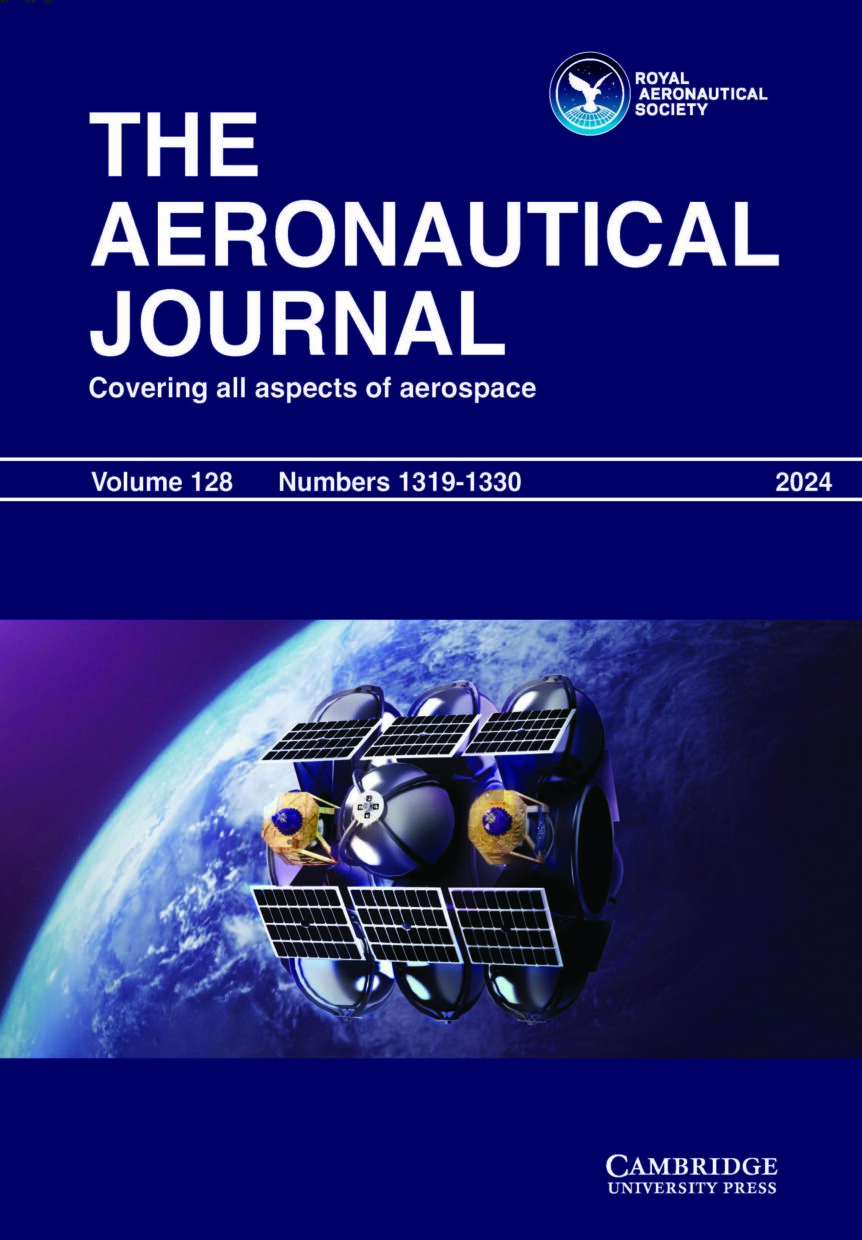Odour-sensitive passenger comfort in small aircraft cabins
The Aeronautical Journal March 2024 Vol 128 No 1321

Aviation medicine, also called flight or aerospace medicine, is a preventive or occupational medicine that applies medical knowledge to the human factors in aviation and is considered a critical component of aviation safety. Moreover, it aims to improve the physiology and physiology of humans in flight, focusing both on aviation professionals and passengers.
There are many factors that may impact passengers’ comfort, from flight conditions, for instance, weather conditions, turbulence, etc., to human senses, such as odour sense, that can capture smell dissipation, for example during meal preparation or some external contamination of the cabin through the environmental control system (ECS). Towards this direction, it is essential to monitor cabin air quality (CAQ), in order to comply with the safety and health standards and ensure the in-flight comfort of passengers and crew members. To properly monitor the cabin air quality, various compounds and substances must be examined, with volatile organic compounds (VOCs) being at the forefront.
Apart from human perception of odours, odour sensors have been around for more than 60 years, however, they remain very complex and expensive equipment to this day and mainly focus on gas detection applications. Moreover, there is still limited research trying to understand the mechanisms of odour perception in humans, and scientists struggle to reach a consensus on whether there is a global methodology to be followed.
From studies and measurements taken on various flights, researchers have identified that the most common VOCs in an aircraft cabin are tetrachloroethylene, styrene, and naphthalene, whereas others focus on correlating VOCs and odour experiences. As for the aircraft ECS, the operating specifications and conditions of which are dictated by a combination of organisations, from airworthiness administrations such as EASA, FAA, and SAE, to societies for heating, ventilation and air conditioning (HVAC) like ASHRAE, this is used to regulate in-cabin pressure, recirculate the airflow through the ventilation system, and assist in engine bleed air pollutants dissipation. The latter could potentially contribute to the in-cabin air contamination with harmful chemicals, such as VOCs and PM. However, this is not that common and most of the identified in-cabin VOCs are generated internally, from food, cosmetics, etc.
In short, the continuous evaluation and monitoring of the in-cabin air quality is a pre-requisite, that ensures a healthy and comfortable in-flight experience for passengers and aviation professionals, which for the latter category is crucial, considering their cumulative exposure to these conditions, during their career. Moreover, the aircraft cabin size plays a significant role too in odour perception and dissipation, with small aircraft cabins providing additional challenges on that matter, due to their confined space. The commuter and the regional aircraft class have gained significant popularity over the past decade, especially with the continuous efforts of the aviation industry to hybridise or electrify them, to comply with the strict upcoming EU pollution restrictions, therefore, investigating odour dissipation in such cabins is crucial.
In this paper, Odour-sensitive passenger comfort in small aircraft cabins, a numerical investigation simulating the slice of a small aircraft cabin as an experimental facility with a controlled environment is presented, aiming to assess passenger comfort during exposure to high concentrations of volatile organic compounds (VOCs), such as naphthalene, styrene, tetrachloroethylene, limonene, linalool and citral. In this context, the mixing and transport of chemical species are evaluated using computational fluid dynamics, for a transient simulation of 800 seconds of actual flow time, whereas measurements from strategically selected computational nodes are taken every 10 seconds, which are located close to the passengers’ noses.
The simulation results are then used to create datasets that will train machine learning classifiers, such as Random Forest, Support Vector Machine, Logistic Regression and Naïve Bayes, in order to compare their performance and select the ideal candidate to generate a digital nose model, with the latter showing a prediction accuracy of 96%. Moreover, the direct comparison of two in-cabin flow simulations is presented, one using a combination of high-efficiency particulate air (HEPA) and activated carbon filters (ACF), and one without a filtering system, to compare the impact of molecular weight of the VOCs on their in-cabin residence time. From the evaluation of the results, it was observed that the air mass flow variation of the air conditioning system had no impact on the mass of the VOCs measured in the computational nodes that were monitored, meaning that the air conditioning system settings had a minor impact on odour detection.
Furthermore, the comparison of the two cabin simulations, the one with and the one without the filtering system indicated that the compounds’ residence time (RT) is independent of their molecular weight, as they showed equivalent percentile reductions, with the naphthalene and styrene compounds showing a 28.5% and 28.3% reduction respectively, compared to the simulation without the filters. Finally, some flow irregularities were observed in the simulation, disrupting the symmetry of the flow field, indicating the possibility that the passengers share different in-cabin odour experiences, that do not relate to odour perception, but to in-cabin air flow, mandating the construction of a full-scale test rig that contains at least three rows of seats, to further examine this.
Odour-sensitive passenger comfort in small aircraft cabins by C.P. Nasoulis, S. Mantziou, V.G. Gkoutzamanis, A.I. Kalfas. This open access paper appears in Volume 128 Issue 1321 of The Aeronautical Journal.

The Royal Aeronautical Society is the world’s only professional body dedicated to the entire aerospace community. Established in 1866 to further the art, science and engineering of aeronautics, the Society has been at the forefront of developments ever since.
www.aerosociety.com | National Aerospace Library catalogue & e-books
Book reviews covering academic, scientific and technical books covering aeronautical engineering and topics relating to it can be found here: www.aerosociety.com/news-expertise/national-aerospace-library/book-reviews







very informative and insightful content guys